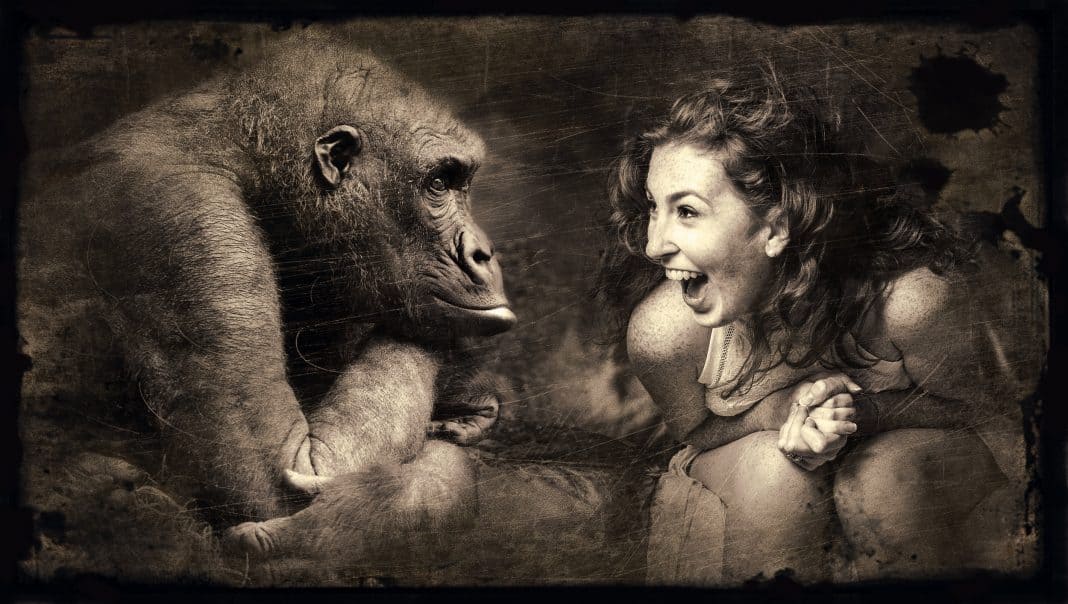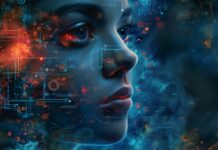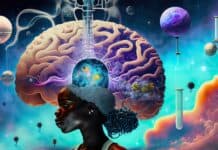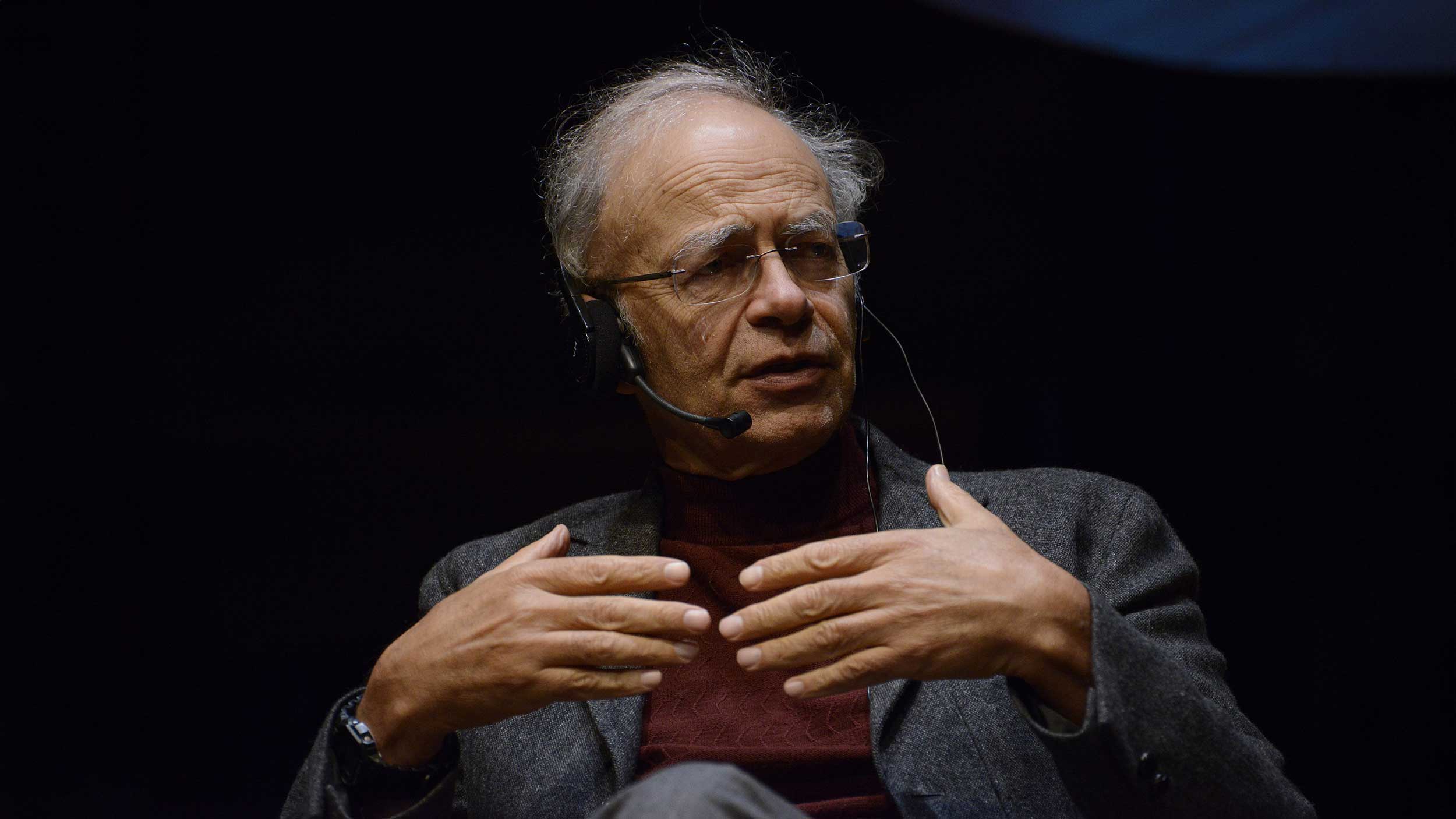There is no doubt that humans are significantly different from all other creatures that have ever inhabited the Earth. In a few thousand years of exponential growth, we have created a complex civilization that enables efficient global cooperation and a rapid exchange of ideas. But to what do we owe this advance? What is the essential characteristic that enabled us to become the most successful species of animal on the planet? The majority of experts tend to attribute this success to our ability to reason and communicate verbally, but these are still very abstract answers that offer a description of the state instead of explaining what truly led to it.
In his book, The Gap – The Science of What Separates Us from Other Animals (Basic Books, 2013), the Australian psychologist and primate researcher Thomas Suddendorf offers an overview of contemporary scientific theories on what separates humans from other living beings. Surprisingly, he concludes his survey by claiming that what makes us special is our ability to travel in time.
Mental time travel
Suddendorf wasn’t thinking of the time machines of science fiction. He rather had in mind the uniquely human ability to mentally inhabit situations that are not going on here and now. We are able to think about events that have, will or will never happen. What most distinguishes us from other animals, according to Suddendorf, is mental time travel; living the experience in a setting that doesn’t necessarily exist.
This distinctly human ability to travel mentally in time could also be described as imaginary travelling since the time lapse is not as important as an ability to inhabit alternative situations; imagining what would happen if the circumstances were different from what we are experiencing here and now. This helps humans to prepare for danger in advance and possibly avoid it altogether if they decide that doing so is the best move in a given situation.
Being able to travel in imaginary time is also an excellent way of learning because it enables us to test ourselves in new circumstances and prepare for potential troubles and complications. This mental testing of alternative scenarios is a sort of mental experimentation that enables us to see what would happen if we opt for one of the possibilities we can choose from. Because we are able to play out a particular scenario before it actually happens, we can predict the consequences of our actions. We could even say that we are free to the extent to which we are able to play with alternative scenarios in our minds.
Even the most human-like animals aren’t capable of thinking for more than about ten minutes ahead. Any other sign they make of planning ahead for the purpose of their future benefit usually turns out to stem from their instincts or acquired habits. Humans are different. We are able to imagine alternative versions of what actually goes on in reality. And we are able to share and coordinate these versions.
According to Suddendorf, the default mode in humans is already pre-set either to re-experiencing the past or imagining the future. It seems that we travel in time more often than living consciously in the here and now. Staying entirely focused on the present and our immediate surroundings requires special concentration and conscious will. Otherwise our thoughts will keep straying into the past or the future.
Yet, our ability to travel in time isn’t very reliable. Our predictions of the future aren’t always entirely correct and our memory tends to play tricks on us. As Suddendorf reminds us, our ability to inhabit situations that don’t reflect our actual surroundings isn’t enough to explain the evolutionary success of the human species. There is at least one other intrinsically human characteristic that enables us to upgrade our ability to travel in time. We can share, compare and coordinate our visions of the past and the future with others. Communication, coordination and writing are used to gather knowledge over generations. The evolving record gives humans a solid basis for predicting possible future events more accurately.
Widening the gap between animals and humans
Creating, story-telling, sharing narratives and combining them with others are specifically human characteristics. Story-telling is an efficient way of sharing one’s experiences and synchronizing values, moral norms and expectations within a group. It gives meaning to what we do and it strengthens the bonds between us.
It takes human children much longer to grow up than the young of any other species of primate and the stories a child hears and tells form a crucial part of this process. Stories enable children to learn about circumstances and relationships they wouldn’t necessarily experience for themselves, which leaves them better prepared for adult life.
According to Suddendorf, the difference between humans and animals was considerably smaller a few thousand generations ago. Some ten thousand years ago, humans shared their habitat with Neanderthals, primates who were extremely developed, but who nonetheless became extinct. It is still not known why or how that happened but it is highly likely that Homo Sapiens caused the Neanderthals to disappear. Whether it was due to direct conflict, intentional extermination, better adaptation to climate change or illness, we cannot say. But the fact is that of the many human-like forms on this planet, only the modern human species remained.
We are on our way to further widening the gap between humans and animals, since all of our closest animal relatives remain endangered, facing extinction. And Suddendorf warns we are the main cause for it. In some cases, we contribute to their extinction by hunting and killing them, but mostly by destroying their natural habitats. In the 1950s, for instance, more than 2000 members of an indigenous species of gibbon still populated the Chinese island of Hainan. Today only two families remain, numbering just 20 members in total.






